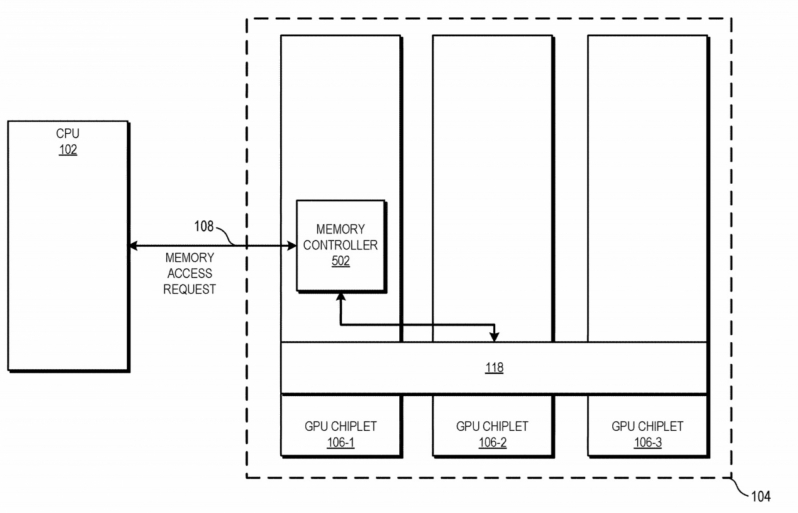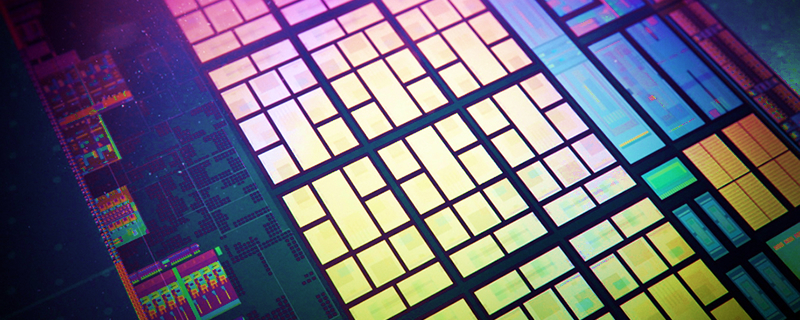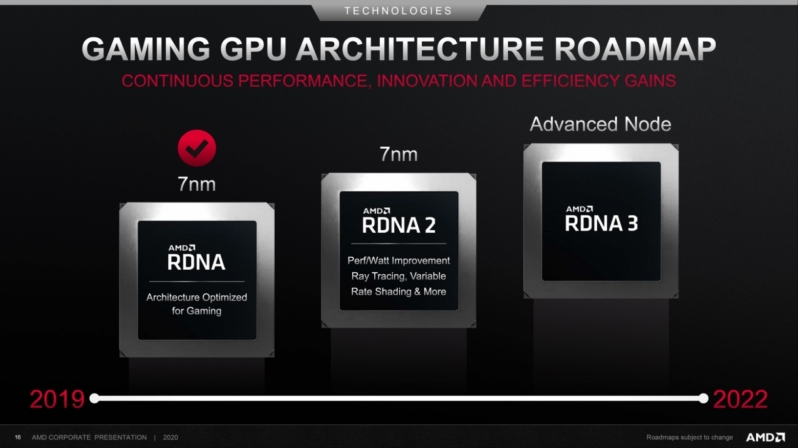AMD brings multi-chip Radeon GPUs one step closer with their ACTIVE-BRIDGE patent
AMD brings multi-chip Radeon GPUs one step closer with their ACTIVE-BRIDGE patent
Thanks to @KOMACHI_ENSAKA, we have gotten a look at AMD’s patent for “ACTIVE-BRIDGE-COUPLED GPU CHIPLETS”, a design structure that will facilitate the creation of large chiplet-based graphics cards that can act as a singular entity in software. In short, AMD is building a multi-die graphics chip that should act as a large monolithic GPU in the eyes of software and programmers.Â
With the death of SLI and Crossfire within the PC gaming markets, it is clear that a chiplet-based graphics card cannot act like a multi-GPU solution. Chiplet-based GPUs will need to act as a single, unified entity, and achieving that is a difficult task for graphics card manufacturers.Â
Intel, AMD and Nvidia are all working on chiplet-based graphics card designs, seeing the benefits of multi-die architectures over creating larger monolithic products. AMD has already proven with EPYC that chiplet-based designs can be cheaper to produce and enable higher silicon yields. Through the power of chiplets, GPU manufacturers hope to create graphics cards that are larger and more performant than any monolithic design.Â
AMD’s patent for an active bridge appears to be an evolution of AMD’s Infinity Cache structure. AMD’s Infinity Cache is a new last-level cache structure that arrived with its RDNA 2 graphics architecture. Thanks to the information within AMD’s net patent, this cache’s “Infinity” branding makes a lot more sense.Â
AMD’s active bridge patent describes an interconnect that connects GPU chiplets using an active bridge that contains a large last-level cache. This provides a large coherent cache that sits above all GPU chiplets and an inter-chiplet interconnect for chiplet-based graphics products. Yes, this structure could be seen as a merger between AMD’s Infinity Cache and RDNA 2’s last level cache. With this in mind, AMD’s “Infinity Cache” name makes a lot of sense.
With this new Infinity Cache interconnect structure, a chiplet-based graphics card can interface with other devices like a single monolithic graphics card. In theory, this will allow AMD’s chiplet-based graphics card to run today’s software like a single graphics card and allow developers to continue using traditional GPU programming models. To make chiplet-based GPUs viable, AMD needs them to act like monolithic GPUs, and AMD’s new patent describes how that may be made possible.  Â

Multi-die/chiplet-based graphics cards are an inevitability, facilitating the creation of stronger products that can provide customers with next-level performance while freeing manufacturers from the downsides of large monolithic GPU dies while lessening their reliance on leading-edge semiconductor nodes for increases in GPU transistor counts.Â
AMD, Nvidia and Intel are working on chiplet-based GPUs because of their potential to change the industry. Only time will tell who will be the first to create a chiplet-based GPU for gamers and whether or not these new GPU designs will be able to work around the potential downsides of multi-chip architectures.Â
You can join the discussion on AMD’s multi-chip GPU plans and their “ACTIVE-BRIDGE” patent on the OC3D Forums.  Â




